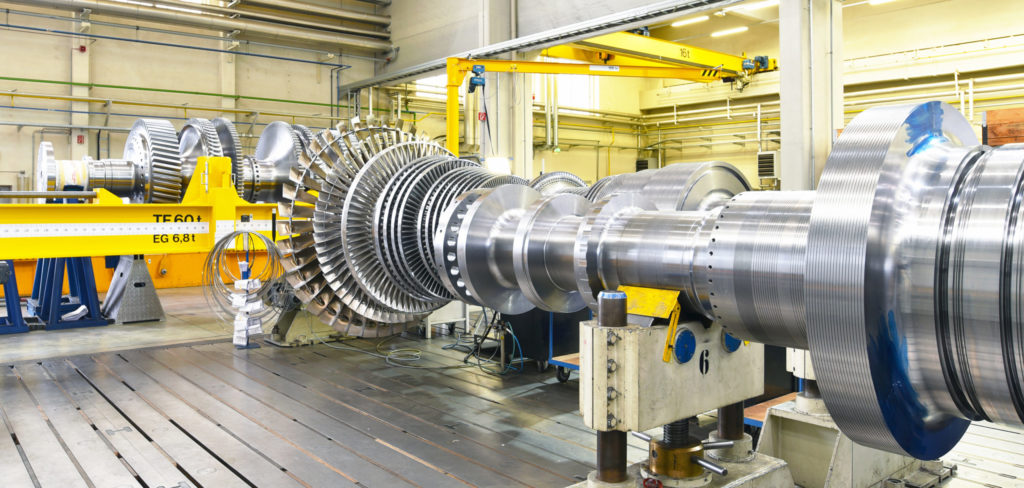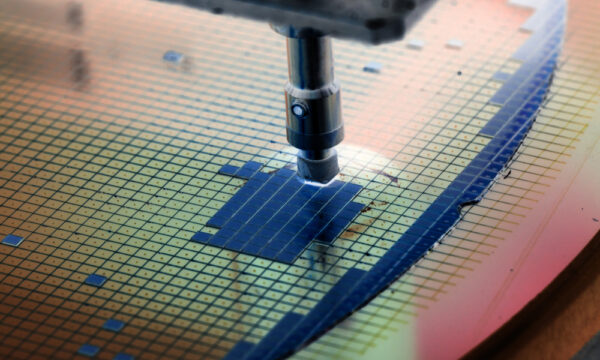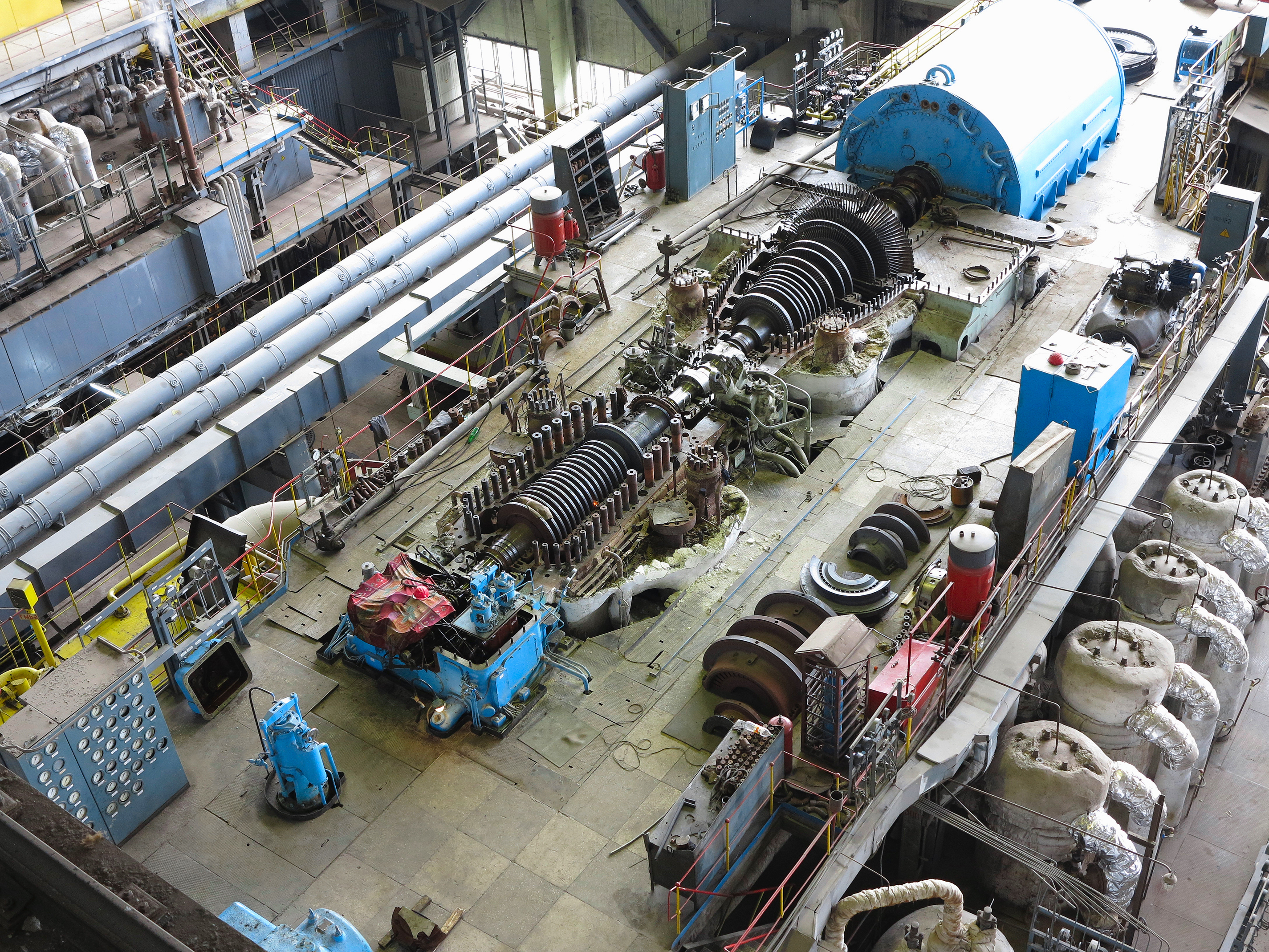
At New Way Air Bearings ®, we remain committed to continuous innovation in the field of porous media air bearings, both in advancing our own technologies and its applications to new industries. Today we want to highlight the innumerable benefits porous media offers to the turbomachinery sector, backed up by the work of our founder, Drew Devitt, in conjunction with researchers from General Electric, Texas A&M University, and more. Benefits like reduction of amplitude in whirl frequencies, high stiffness and ease of manufacture stand in stark contrast to dry gas seals, foil bearings, and advanced hybrid gas film bearings.
The State of Turbomachinery Motion
Currently, the turbomachinery industry employs a wide range of different bearing types to support rotating artifacts at high speeds.
Dry Gas Seals
Dry gas seals are face seals, employing etchings to create pumping grooves on one seal face. At speed, the grooves pump gas into the gap to increase pressure. This pumping mechanism acts to keep the bearing faces from touching, but there is a small margin of both mechanical and operational error.
Foil Bearings
Foil bearings also work off of aerodynamic lubrication, and are commonly used as compressor bearings on aircraft to maintain cabin pressurization. Gas foil bearings have demonstrated the ability to work off of process gasses, however hydrodynamic lift off is not achieved until near operating speed; at 0 rpm the artifact rests directly on the foil bearing, and we find a torque spike during startup as the bearing transitions through a boundary layer regime.
Orifice Compensated Air Bearings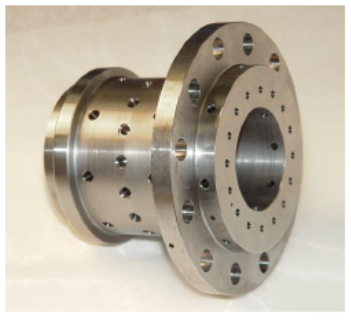
Orifice based air bearings are the original air bearing, most closely related to Robert Wills’ rudimentary journal bearing he invented in 1812. They used a series of orifices and grooves in a stainless steel bearing face to generate their pressurized air load. While mechanically simple, they still present problems. Despite much work into the proper distribution, sizing and machining of the orifices, the air gap produced is fundamentally unequal, peaking at the orifices and dropping linearly from there. Additionally, scratches, defects and low fly height can lead to a collapse of the air film, and the orifices are prone to becoming clogged by contaminants.
Hybrid Gas Bearings
The current state of the art for oil free turbomachinery bearings is compliant hybrid gas bearings; these use a combination of soft mounting and hydrostatic pressurization, eventually leading into what Bugra Ertas of GE Research Center deems Gen3, which are composed of up to 500 parts per bearing. While highly effective for both load capacity and damping, their mechanical complexity is a substantial drawback to manufacturing and lifecycle costs.
The Porous Media Difference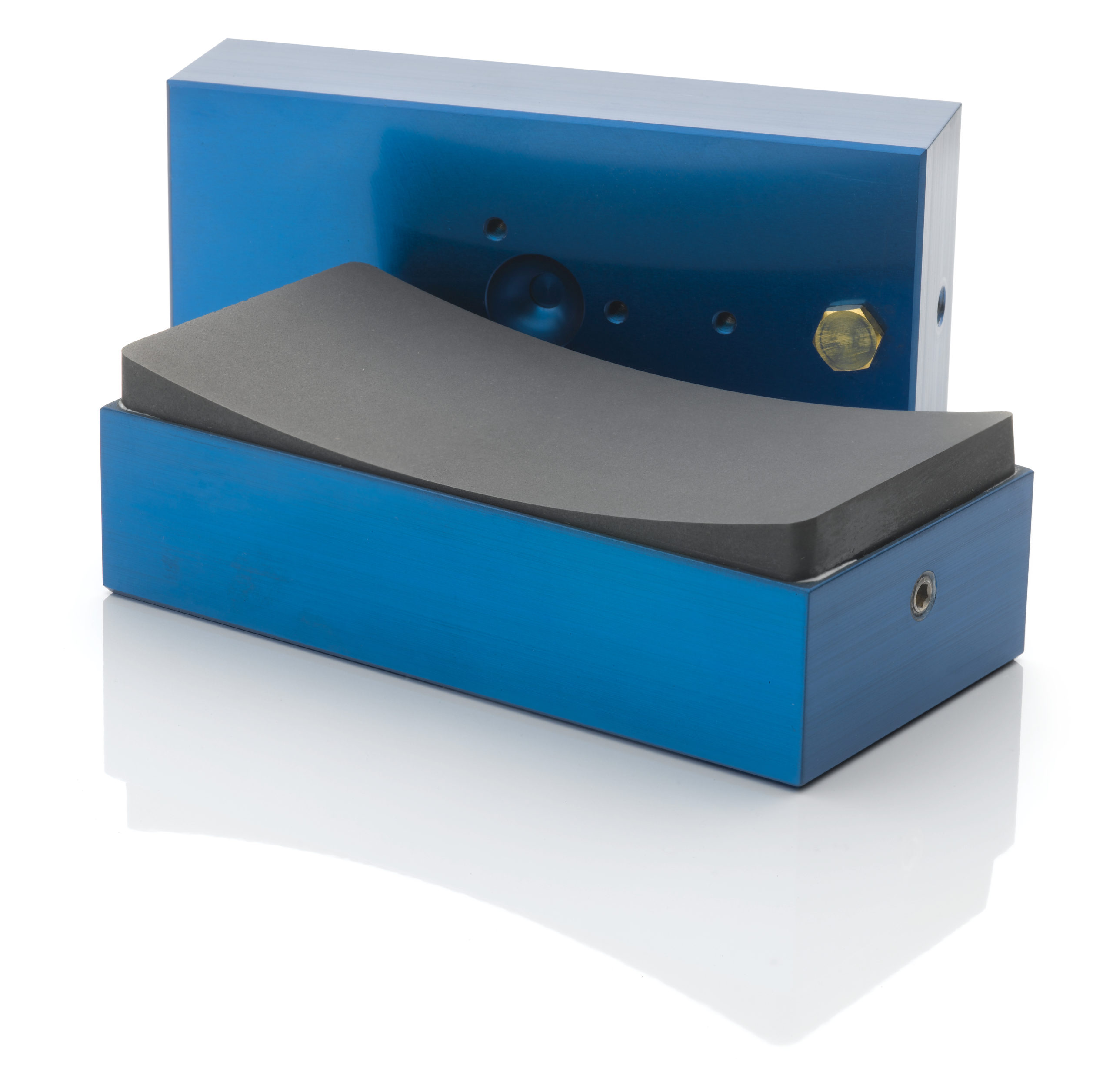
While porous media bearings are a revolutionary product in terms of their performance, the mechanics of their operation is shockingly simple. Our bearings utilize a surface made from porous graphite, which evenly diffuses the air across the bearing face. The torturous passageways the gas must flow through produces a damping effect, resisting rapid changes to the volume of air in the gap, and thus making our bearings highly resistant to bearing collapse.
The construction of our bearings creates a domino effect of powerful benefits. Because the rotating medium is the shear layer formed within a micron thin layer of air, air bearings are naturally well damped from the squeeze film effect, which states that as a fluid medium is compressed, the medium reacts like a spring. This causes our bearings to have a positive correlation between stiffness and damping, which is virtually impossible via contact bearing technologies. When supporting a rotating artifact, we find that whirl frequencies are damped so as to become benign, even when spun at the first critical speed.
Products For Turbomachinery
New Way Air Bearings offers a wide array of products ready made to support turbomachinery and help you take the leap from dry gas, foil, orifice bearings up to long lasting, reliable porous media. Our radial air bearings can ride along the outer or inner diameter of a rotating artifact, with a radius cut along the length or width of the bearing, depending on the desired application. For turbomachinery use especially, our turbomachinery gas bearings and balance bearings are designed exclusively for supporting large rotating artifacts, and assisting in the balancing of said artifacts.
Contact Us
If you want to learn more about what porous media air bearings can bring to your turbomachinery application, or you already have an application in mind, please reach out to us!

